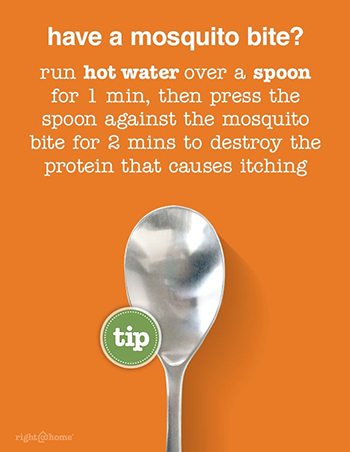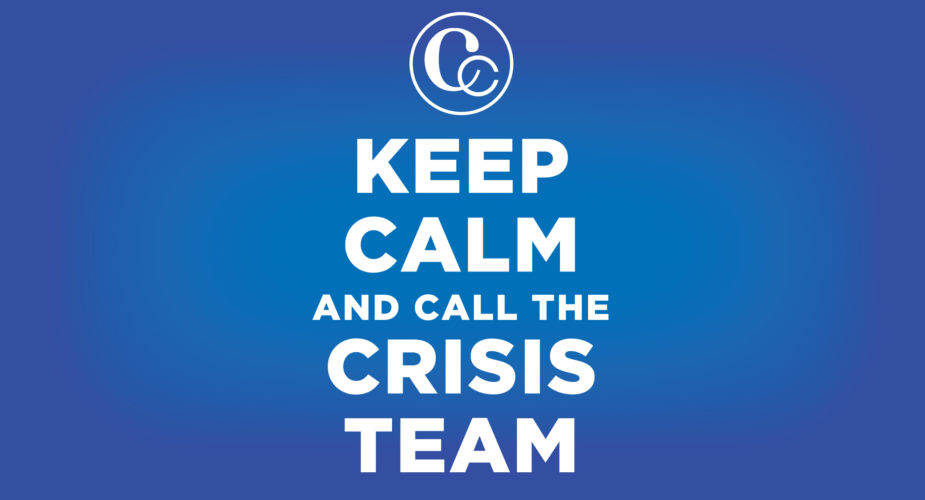Vanity Metrics Are Out, Actionable Metrics Are In
Social media and digital advertising game-changed the way trade associations and organizations communicated and advocated. Measuring impact became easier and more scientific because of key performance indicators (KPIs), such as followers, likes, impressions and reach. Big numbers or “vanity metrics” were the marks of a high performing campaign.
But the 2016 election exposed everyone to what lay lurking behind some of those numbers – ad fraud, bot farms and fake engagement. In recent years, platforms like Facebook and Twitter have self-regulated to curb abuse and optimize toward authentic, organic content.
So how do organizations redefine success now that vanity metrics are out?
Rethink, Redefine, Reset
Platform fixes to curtail fraud and abuse have made impressions, audience size, likes and follower numbers less dependable than before.
When Facebook rolled out an algorithm update in 2018, some accounts lost thousands of followers overnight, and engagement rates have dropped more than 50% in the past two years.
Whether through legislation or self-regulation, we know platforms will continue to evolve their process. As a result, organizations need to rethink the way they’re measuring the value of their programs, redefine their KPIs and reset expectations with leadership.
Success looks different for every effort, and not all vanity metrics are bad. But, it’s important to understand the difference between what “looks good” versus “impact.”
To do this, organizations need to re-establish
their priorities by asking, “what do we want to achieve?”
- Increase brand awareness
- Build an engaged community
- Research and develop your audiences
- Drive website/page traffic
- Increase industry collaborations
- Generate leads and drive sales
Understanding what really matters is the key from shifting from vanity to actionable metrics.
Insights Matter
Vanity metrics rely on the numbers, while actionable metrics rely on the insights. It’s not as much about how many, but rather who, how, what, when and why?
By measuring actionable KPIs, organizations can better understand the true value of their programs, how to develop relevant content and where to invest or cut back.
Some examples of vanity vs. actionable KPIs are below:
- Facebook likes vs. engagement rate – Does it
matter how many likes you have if no one is engaging with the content? Or,
conversely, is your engagement rate high despite your small audience size?
- Page views vs. bounce rate – You can have
thousands of visitors to your site, but how long are they staying? What pages
have the best or worst bounce rate?
- Email open rate vs. click-through rate – People are opening your emails, but are they reading them? Is your click-through rate higher there’s a link at the top or bottom of the email?
The good news is this information is readily accessible via the insights tools provided by the social platforms, as well as tools like Google analytics. When organizations dig deeper to understand what’s working, they can develop KPIs that go beyond vanity and really help move the needle.









